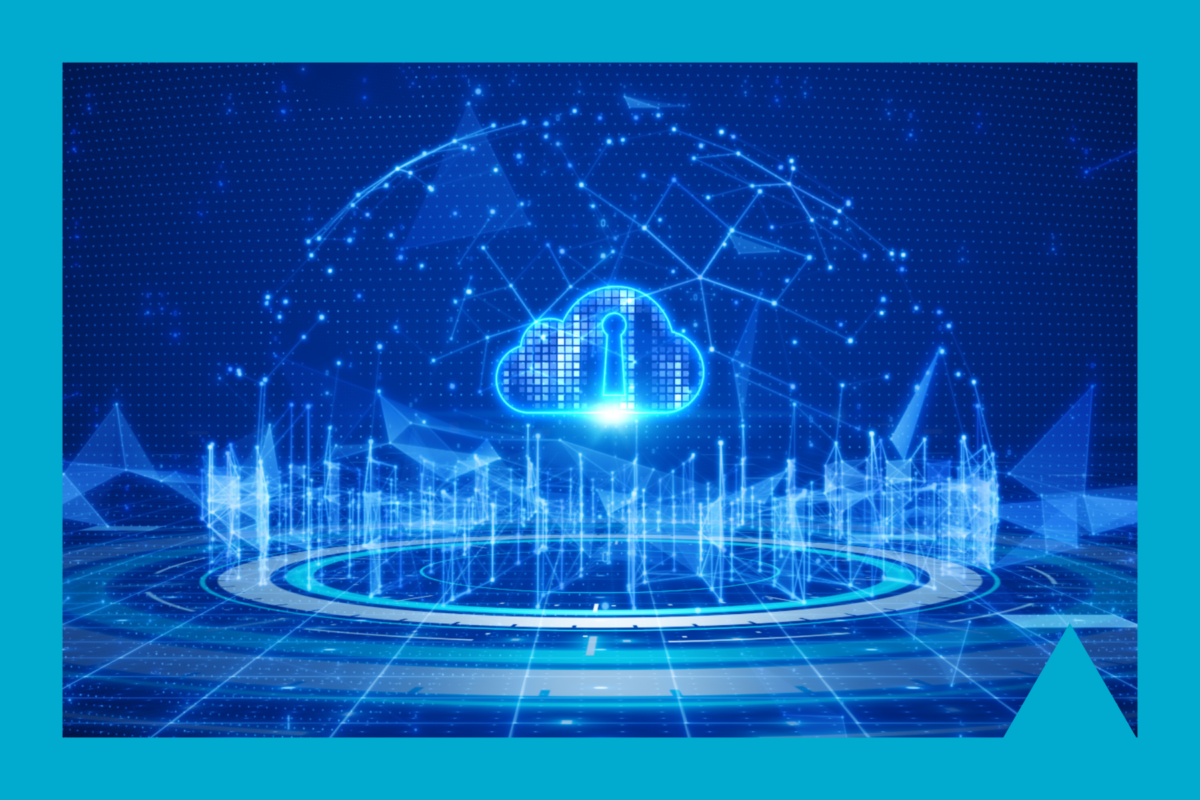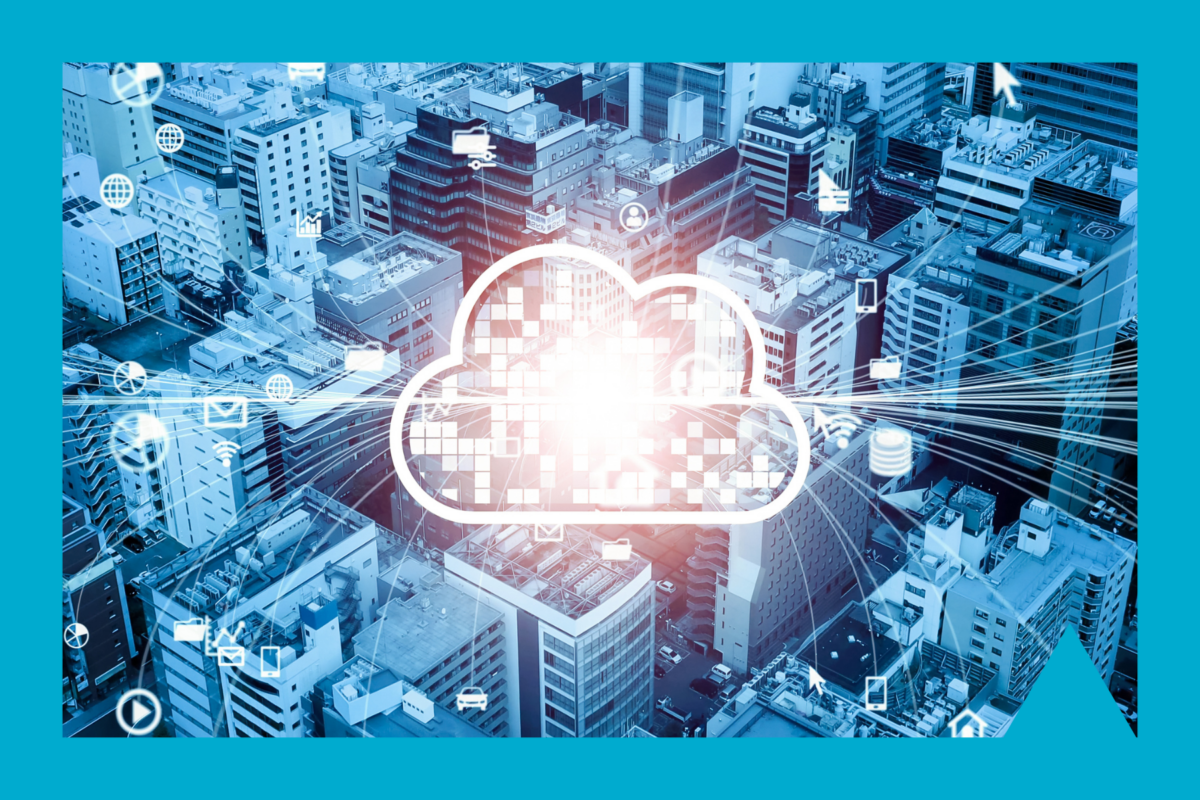How AI Is Revolutionizing Utility Customer Service
Imagine a world where your utility company anticipates your needs and provides seamless, personalized service at every touchpoint. This idea is no longer a distant dream but a reality, thanks to the transformative power of artificial intelligence (AI).
AI has emerged as a transformative force across various industries in recent years, and the utilities sector is no exception. AI is revolutionizing customer service for utilities by enhancing efficiency, improving customer satisfaction, and driving engagement through innovative solutions.
Enhancing Efficiency with AI
One of the most significant benefits of AI in customer service for utilities is the enhancement of operational efficiency. AI-powered platforms streamline billing and payment processes, reducing the need for manual intervention and minimizing errors. By integrating AI into your Customer Information and Utility Billing System, you can offer various payment options, including text, web, IVR, and voice assistants, making it easier for customers to pay their bills on time.

Improving Customer Satisfaction
AI’s ability to analyze vast amounts of data allows utilities to offer personalized and proactive customer service. AI can predict customer needs and provide tailored recommendations, enhancing the overall customer experience. In the not-to-distant future, AI will analyze historical usage data, weather patterns, and call patterns to detect unusual consumption spikes and send proactive notifications to customers, explaining the likely causes and offering solutions.
Driving Customer Engagement
AI is also a powerful tool for driving customer engagement in the utilities sector. AI and digitalization are revolutionizing the way utilities manage and optimize their operations. By leveraging AI, utilities can offer more engaging and interactive customer experiences, such as personalized energy usage insights and recommendations for energy-saving measures.
Moreover, AI-driven platforms provide utilities with the tools to engage customers through multiple channels, including email, text, and phone. This multi-channel approach ensures that customers receive timely reminders and notifications, helping them stay on top of their bills and reducing the likelihood of missed payments.
What’s Next for AI in Utility Customer Services?
AI is undoubtedly revolutionizing customer service for utilities, offering numerous benefits such as enhanced efficiency, improved customer satisfaction, and increased engagement. By adopting AI-powered solutions, utilities can transform their customer service operations and deliver a superior experience to their customers. As AI continues to evolve, its impact on the utilities sector will only grow, paving the way for a more efficient and customer-centric future.
Curious about how AI is revolutionizing utility customer service? Contact our sales team today.












